Innate immunity in pluripotent human cells: attenuated response to interferon-β
- PMID: 23599426
- PMCID: PMC3668775
- DOI: 10.1074/jbc.M112.435461
Innate immunity in pluripotent human cells: attenuated response to interferon-β
Abstract
Type I interferon (IFN-α/β) binds to cell surface receptors IFNAR1 and IFNAR2 and triggers a signaling cascade that leads to the transcription of hundreds of IFN-stimulated genes. This response is a crucial component in innate immunity in that it establishes an "antiviral state" in cells and protects them against further damage. Previous work demonstrated that, compared with their differentiated counterparts, pluripotent human cells have a much weaker response to cytoplasmic double-stranded RNA (dsRNA) and are only able to produce a minimal amount of IFN-β. We show here that human embryonic stem cells (hESCs) and human induced pluripotent stem cells (hiPSCs) also exhibit an attenuated response to IFN-β. Even though all known type I IFN signaling components are expressed in these cells, STAT1 phosphorylation is greatly diminished upon IFN-β treatment. This attenuated response correlates with a high expression of suppressor of cytokine signaling 1 (SOCS1). Upon differentiation of hESCs into trophoblasts, cells acquire the ability to respond to IFN-β, and this is accompanied by a significant induction of STAT1 phosphorylation as well as a decrease in SOCS1 expression. Furthermore, SOCS1 knockdown in hiPSCs enhances their ability to respond to IFN-β. Taken together, our results suggest that an attenuated cellular response to type I IFNs may be a general feature of pluripotent human cells and that this is associated with high expression of SOCS1.
Keywords: Embryonic Stem Cell; Induced Pluripotent Stem (iPS) Cell; Innate Immunity; Interferon; SOCS1; STAT Transcription Factor.
Figures
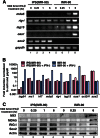

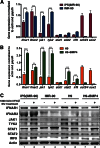

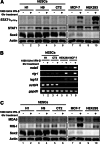
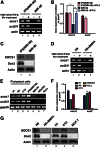

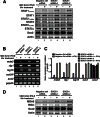

References
-
- Isaacs A., Lindenmann J. (1957) Virus interference. I. The interferon. Proc. R. Soc. Lond. B Biol. Sci. 147, 258–267 - PubMed
-
- Platanias L. C. (2005) Mechanisms of type I- and type II-interferon-mediated signalling. Nat. Rev. Immunol. 5, 375–386 - PubMed
-
- Shultz L. D., Rajan T. V., Greiner D. L. (1997) Severe defects in immunity and hematopoiesis caused by SHP-1 protein-tyrosine phosphatase deficiency. Trends Biotechnol. 15, 302–307 - PubMed
-
- Zhang J., Somani A. K., Siminovitch K. A. (2000) Roles of the SHP-1 tyrosine phosphatase in the negative regulation of cell signalling. Semin. Immunol. 12, 361–378 - PubMed
Publication types
MeSH terms
Substances
LinkOut - more resources
Full Text Sources
Other Literature Sources
Research Materials
Miscellaneous

